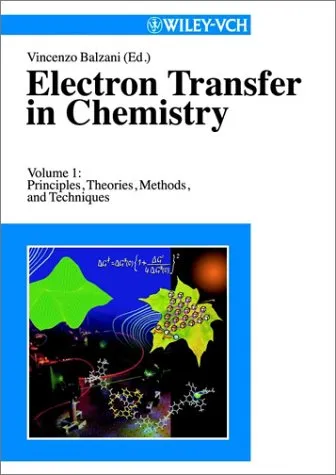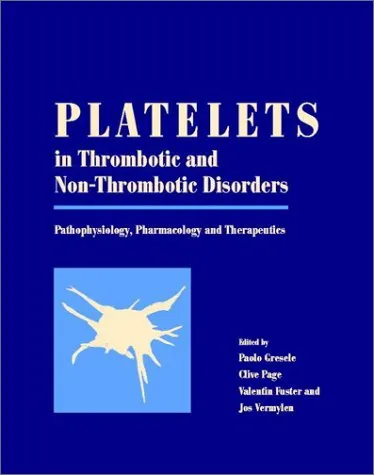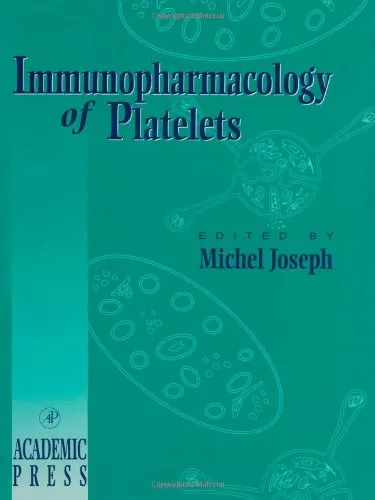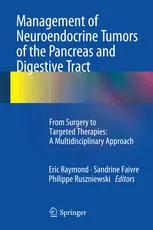Biomaterials
4.5
Reviews from our users

You Can Ask your questions from this book's AI after Login
Each download or ask from book AI costs 2 points. To earn more free points, please visit the Points Guide Page and complete some valuable actions.Related Refrences:
Analytical Summary
Biomaterialspp.1649—1656 is a focused, scholarly work that delves into the nuanced interplay between material science and biomedical engineering, offering an in-depth examination of the properties, applications, and implications of biomaterials in modern healthcare and research.
Authored by T Hickey, D Kreutzer, D.J Burgess, and F Moussy, this text represents a compact yet comprehensive section within the wider canon of biomaterial literature, enabling readers to grasp specialized discourse without losing sight of broader scientific context. It draws upon established research, current methodologies, and case studies to articulate how biomaterials can be designed and deployed to address pressing medical challenges.
This analytical summary situates the content in the larger landscape of health technologies. Whether discussing polymer composites for drug delivery systems, metallic alloys for orthopedic implants, or bioactive ceramics for tissue regeneration, the book applies a rigorous lens to each category. It emphasizes measurable performance, compatibility with biological systems, and long-term safety — critical concerns for both academics and practicing professionals.
Information regarding the original publication date and awards is unavailable, as no reliable public source confirms these specifics. However, the technical merit of the material remains evident in its detail-oriented approach and careful alignment with regulatory and clinical standards.
Key Takeaways
Readers will gain actionable insights into biomaterial design, testing, and implementation, bridging theory with realistic applications in biomedical engineering.
One key takeaway lies in the book’s balanced discussion of natural versus synthetic biomaterials. By examining their respective advantages and limitations, it empowers decision-making grounded in evidence rather than assumption.
Another takeaway is the emphasis on interdisciplinary collaboration, demonstrating how engineers, biologists, and clinicians must intersect for innovation to flourish in material science innovations.
A third takeaway concerns quality control and regulatory pathways, urging adherence to internationally recognized standards to ensure safety and efficacy in patient care.
Finally, the text reinforces the importance of sustainability in biomaterial production — an emerging concern given environmental and ethical considerations.
Memorable Quotes
"The right biomaterial can transform the trajectory of healing, guiding biological processes toward restoration." Unknown
"Material science innovations are most profound when they directly alleviate human suffering." Unknown
"Future biomedical engineering hinges on the dialogue between lab-based innovation and clinical practicality." Unknown
Why This Book Matters
Biomaterialspp.1649—1656 stands out as a crucial node in the complex network of biomaterials scholarship, forging links between theoretical design principles and real-world application.
In a field where precision and reliability dictate lives, this work’s clarity and depth make it indispensable. For students and researchers, it offers a roadmap for navigating the multifaceted challenges that arise in biomedical engineering projects. For practitioners, it serves as a trusted reference for selecting and applying materials in clinical environments.
The text’s attention to regulatory compliance, mechanical performance metrics, and biocompatibility testing serves to standardize language and expectations across the material science community, ensuring that innovations meet both technical and ethical benchmarks.
Inspiring Conclusion
In engaging with Biomaterialspp.1649—1656, readers enter a dynamic conversation at the frontier of biomedical engineering and material science.
This book is more than an academic resource; it is an invitation to consider the broad implications of biomaterial innovations, from regenerative therapies to advanced implantable devices. By synthesizing rigorous analysis with accessible language, it ensures that its insights are actionable for researchers, engineers, and healthcare professionals alike.
We encourage you to delve into Biomaterialspp.1649—1656 with curiosity and commitment — read it, share its insights with colleagues, and discuss its implications in your professional communities. Such engagement not only enriches understanding but also spurs the collaborative spirit that drives meaningful progress in biomedical engineering.
Free Direct Download
You Can Download this book after Login
Accessing books through legal platforms and public libraries not only supports the rights of authors and publishers but also contributes to the sustainability of reading culture. Before downloading, please take a moment to consider these options.
Find this book on other platforms:
WorldCat helps you find books in libraries worldwide.
See ratings, reviews, and discussions on Goodreads.
Find and buy rare or used books on AbeBooks.












